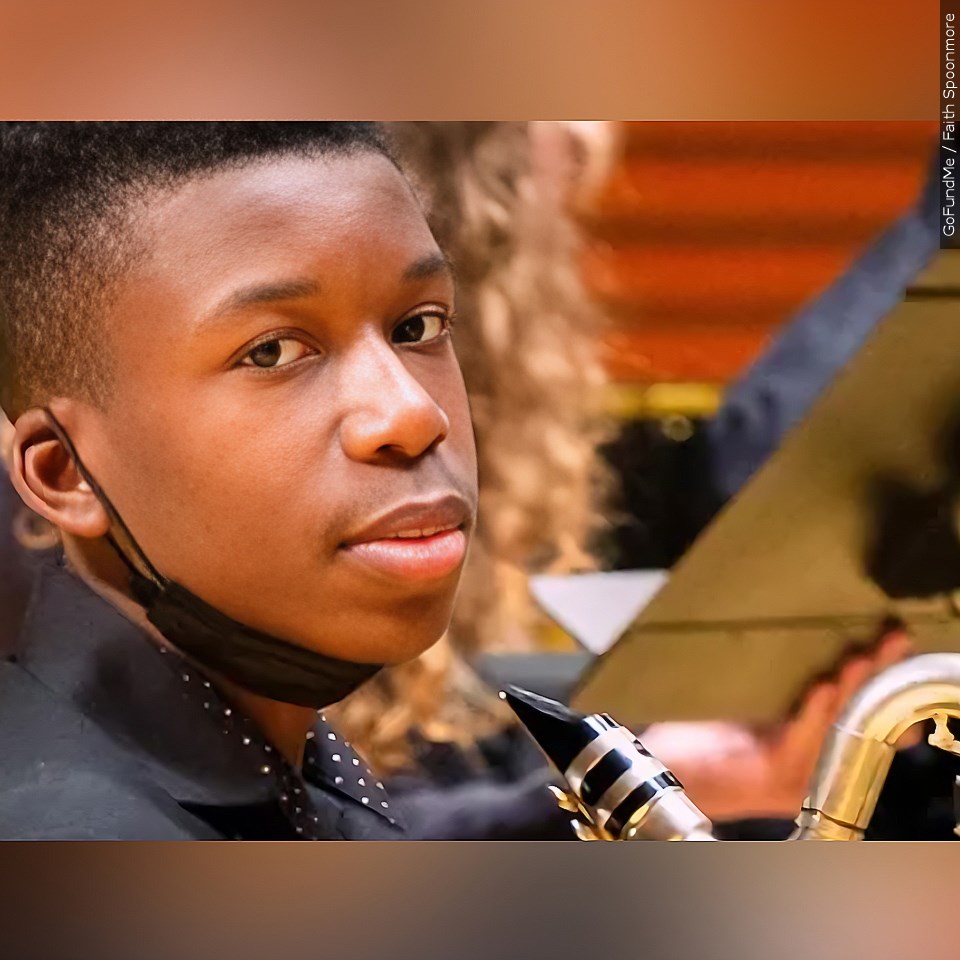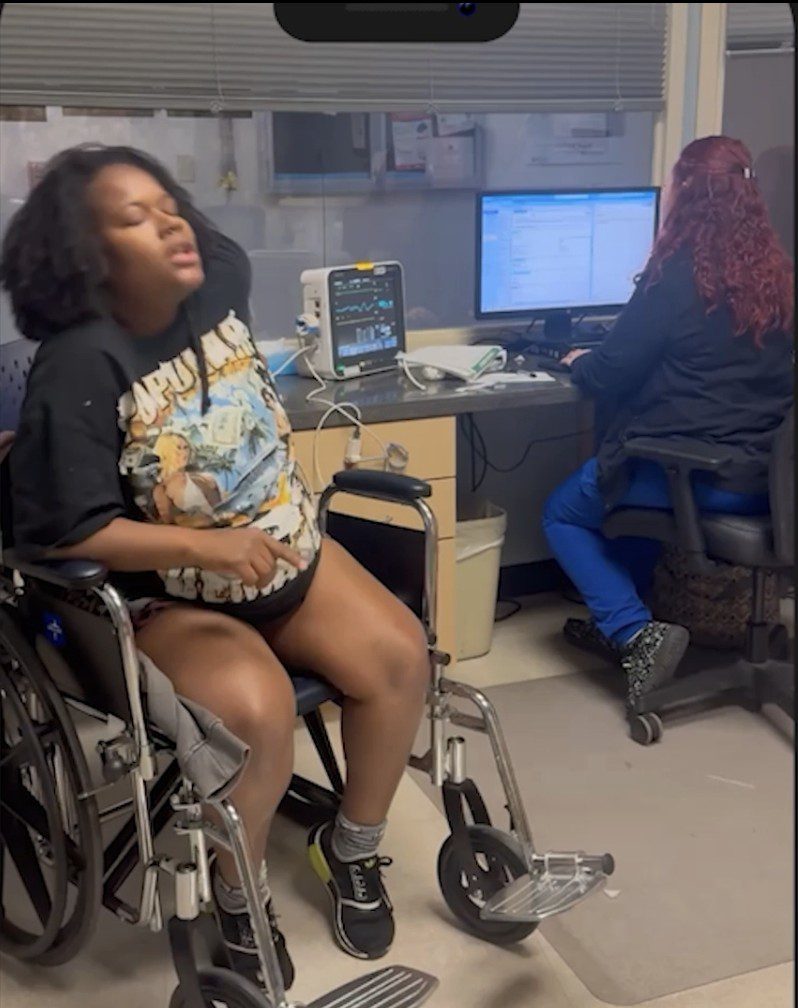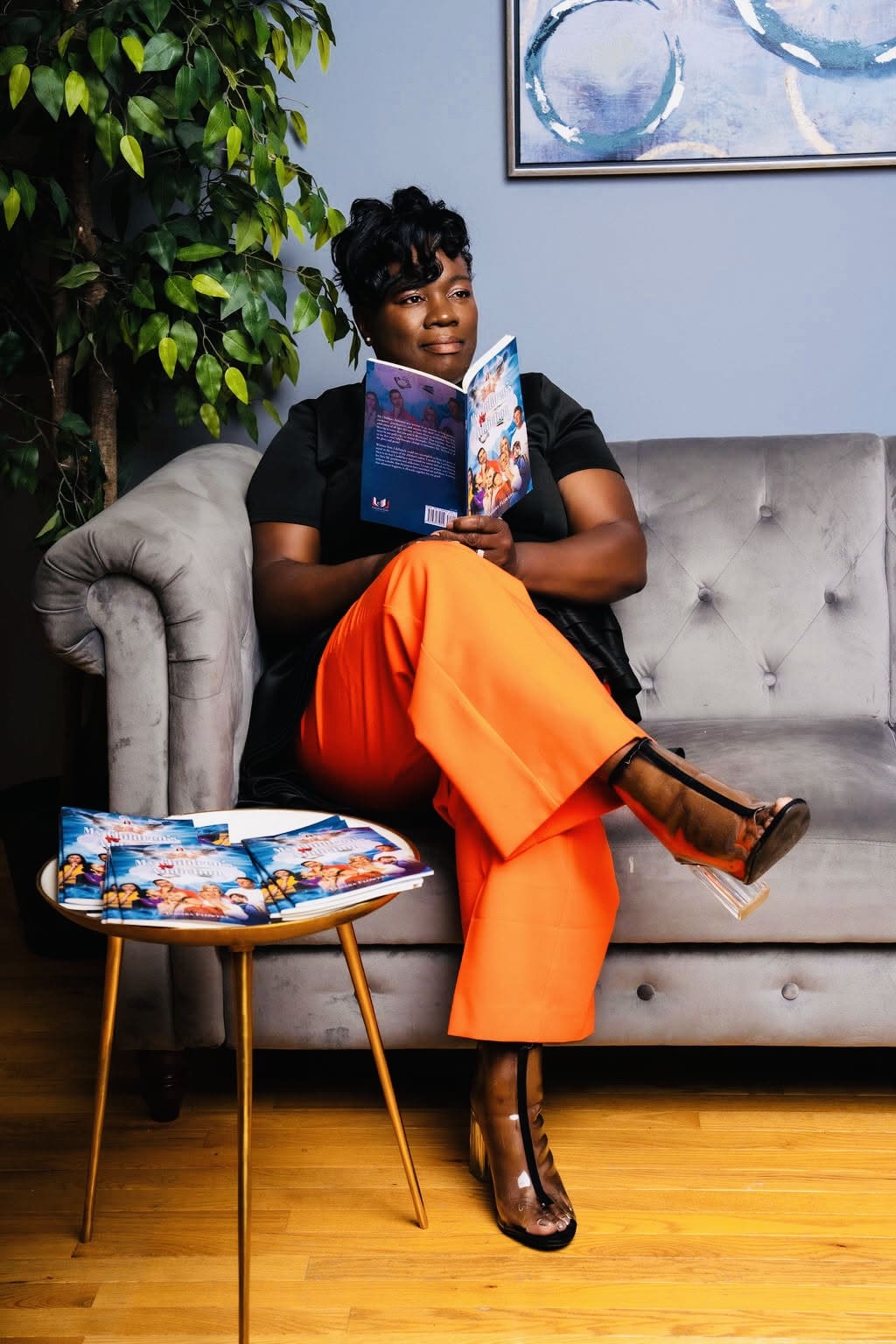Ralph Yarl was shot by an 84-year-old white man accused of grabbing a revolver because he rang his doorbell.
By Mary Sanchez
Tribune Content Agency
The national glare is moving on from my city’s angst.
It’s got a new focus: later in the month, Kansas City will host the 2023 NFL Draft, a lucrative, well-earned civic kudo.
This is replacing the hyper-fixation on the recent gun violence involving an 84-year-old white man accused of grabbing a revolver and shooting a 16-year-old Black youth because the latter rang the man’s doorbell because he had the gall to step on his stoop.
The teen, sent to pick up his younger twin siblings, was on the wrong street, but at the right house address. He needed Terrace, not Street – an honest and easy mistake.
But Ralph Yarl, a stellar student at a local high school, got shot for the mix up. Not once, but twice. And in the ensuing days, Kansas City got swarmed by national media.
Much of it was flyover reporting – media people swooping in, filling airtime, and trying to make quick assessments during live standup broadcasts of what the incident says about the city, its people, and our history.
Yes, northern neighborhoods, where the shooting occurred, are predominantly white. They’re separated by the Missouri River from the downtown core of the city, like the neighborhood where I live.
There are multiple bridges and highways connecting the two areas; it’s not like a moat separates them. Much of the reporting failed to drill into the grittier and more telling history. Missouri, where the shooting occurred, was a slave state. Kansas, across the state line, was free.
It’s old border war stuff with competing attitudes. On the slavery side, remnants of that dark history morphed into segregation, redlining and housing patterns that at one point culminated in the largest school desegregation case in the nation’s history.
We’re all of this.
The city is home to Patrick Mahomes, the beloved quarterback of the three-time Super Bowl Champions Kansas City Chiefs, as well as the heroes of the Negro Leagues Baseball Museum and the American Jazz Museum, which highlights the area’s stellar musical history and talent with names like Count Basie and Charlie Parker, among other greats. All Black.
The ying/yang imagery of these elements versus the recent shooting of Yarl are all accurate depictions of Kansas City, each with nuances deserving of deeper understanding.
The NFL Draft (April 27-29) is glittery and bright with optimism surrounding promising athletes about to launch their professional careers. The shooting has launched emotional, accusatory, and uncomfortable conversations about race. Specifically, how a Black teenager’s skin, even if it belongs to a kid barely old enough to drive, could have incited fear and a paranoid lashing out that easily could have ended fatally.
Maybe other cities don’t have the political and social capital, plus civic leadership, necessary to land an event like the NFL Draft, but it’s a good bet everything else KC exemplifies lately exists across America.
Yet some ponder which view of my city is the most accurate.
We’re all of it. Just like America.
The courts will sort the specifics of the case, the culpability, and the appropriate punishment of the shooter, if he’s proven guilty. Andrew D. Lester, the gunman, has already been charged. He pleaded not guilty to two felony counts. One charge is equal to what other state’s call attempted murder. There’s no leniency in the legal accusations.
The young victim has been released from the hospital. Hopefully, the overwhelming support he’s received will help him overcome the trauma of the shooting. An online fund for his medical expenses exceeded $3 million in less than a week after the shooting.
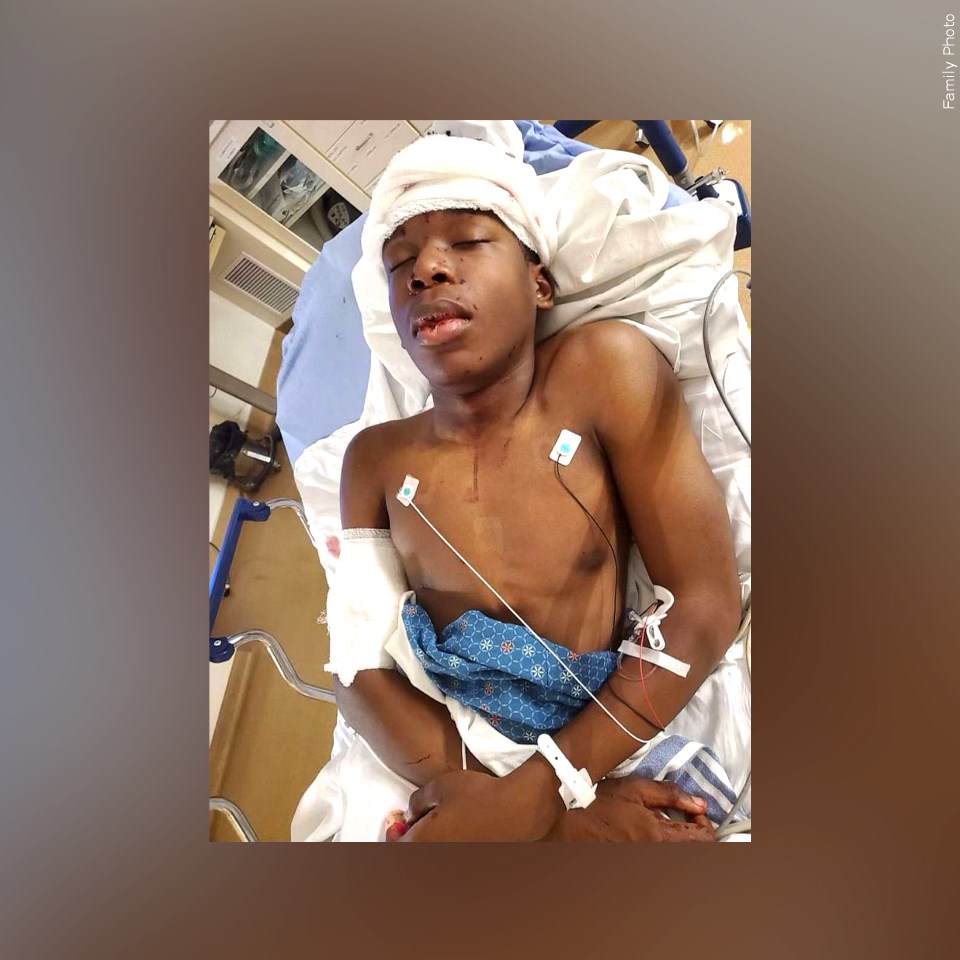
Maybe even more significant to a teenager, about 1,500 of his fellow high schoolers marched in solidarity around the school grounds chanting, “We love you Ralph.”
In recent days, family members of the shooter gave interviews. At least one grandson was explicit in describing what he saw as his grandfather’s shift in recent years, linking it to a consumption of conservative cable TV. He told reporters from the Kansas City Star that his grandfather had been immersed in “a 24-hour news cycle of fear and paranoia.”
“And then the NRA pushing the ‘stand your ground’ stuff and that you have to defend your home,” the grandson added.
It’s highly possible that the man, a veteran, had become indoctrinated. He had begun to assume the worst in others, especially if they were Black, and was programmed to lash out in ways he now regrets.
The media has connected, as it should, the fact that two other recent shooting cases are hauntingly similar.
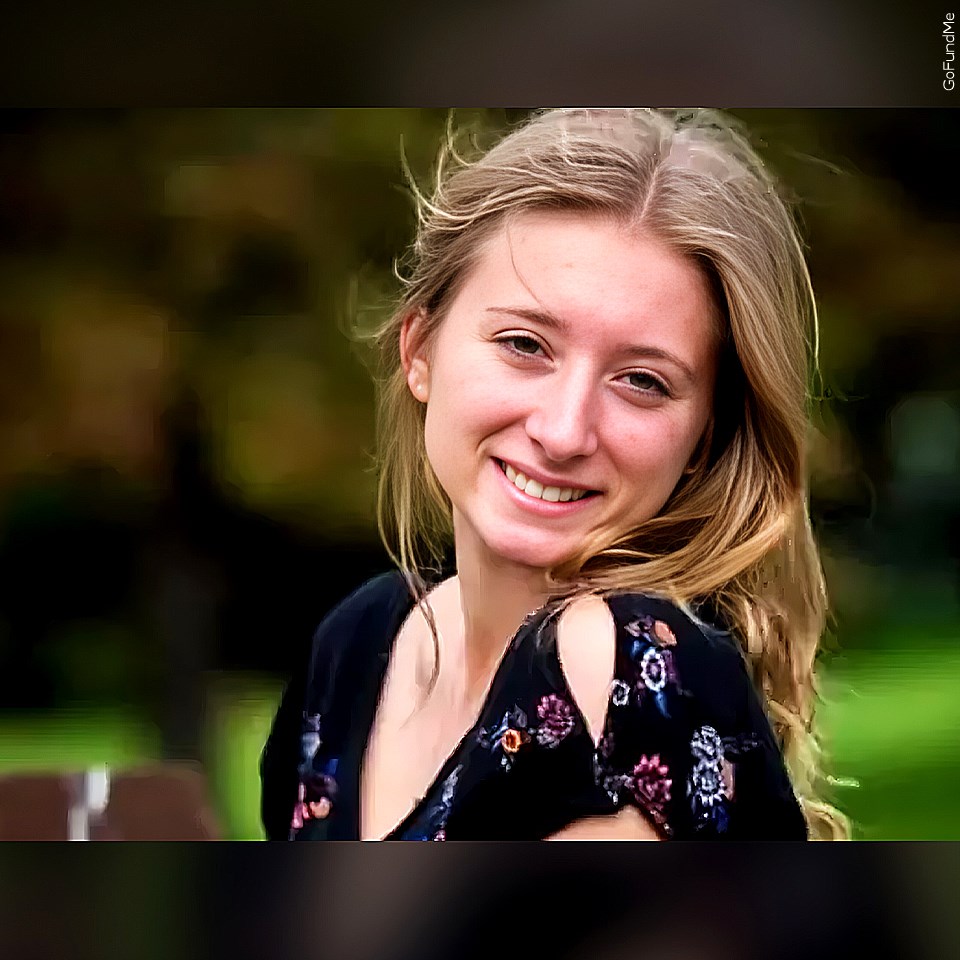
Kaylin Gillis
In New York state, 20-year-old Kaylin Gillis died after she was shot allegedly by a homeowner after she had merely pulled into the wrong driveway. And a group of cheerleaders in Texas was
fired upon after they had been dropped off in a parking lot after practice. It happened when one of the young women started to get into the wrong car. A man in that vehicle started shooting. The incident left one critically injured.
Are we becoming a nation with more people who believe threats are lurking everywhere and at all times? Should this heightened sense of fear be our norm? Are we becoming more reactive and irrational (with weapons more accessible than ever)?
This is where our continued focus needs to be maintained. Because if these incidents are indicative of a larger shift, we need to delve deeper into experiences that bring us together – via sports, entertainment and education – and in public spaces where a wide variety of races and social classes can gather.
And yes, we need to talk about race. Doing so, if managed well, doesn’t create more division.
Individually and cumulatively, the nation is a lot like Kansas City, a place with the ability to reflect, not react. It’s a choice.
Readers can reach Mary Sanchez at msanchezcolumn@gmail.com and follow her on Twitter @msanchezcolumn.
©2023 Mary Sanchez. Distributed by Tribune Content Agency, LLC.

